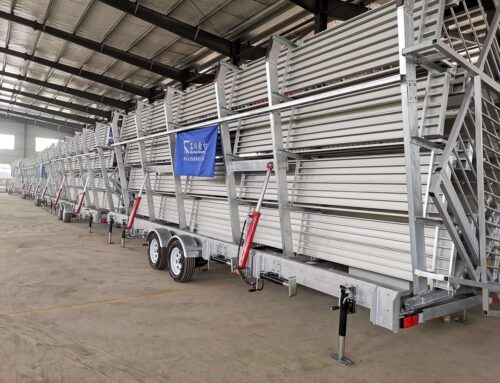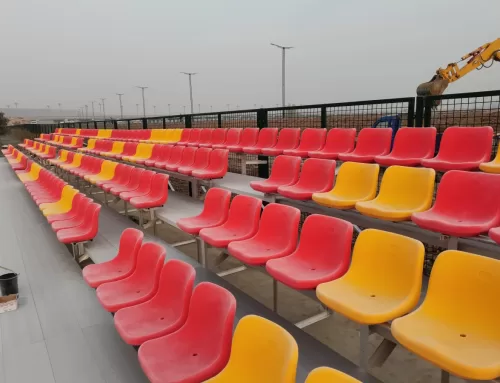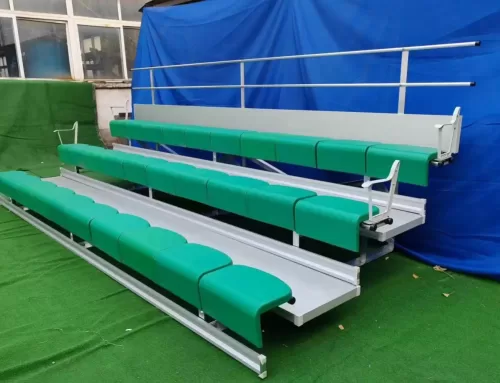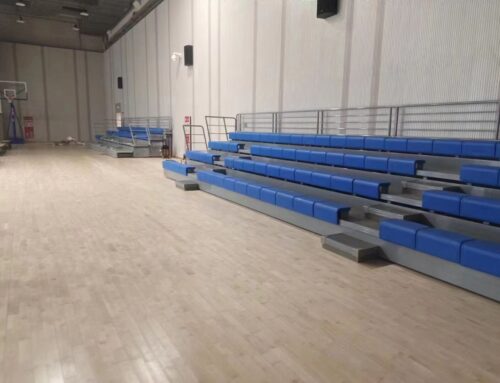Nowadays, with the rapid speed of the international competitions, many stadiums occur to hold the activities. In the meantime, the frame structure we can see in not only restrict to concrete, more aluminum and steel structure such as aluminum bleachers and stadium seating come into our daily life. As the grandstand, do you know what is the difference of H-beam steel and I-beam Steel?
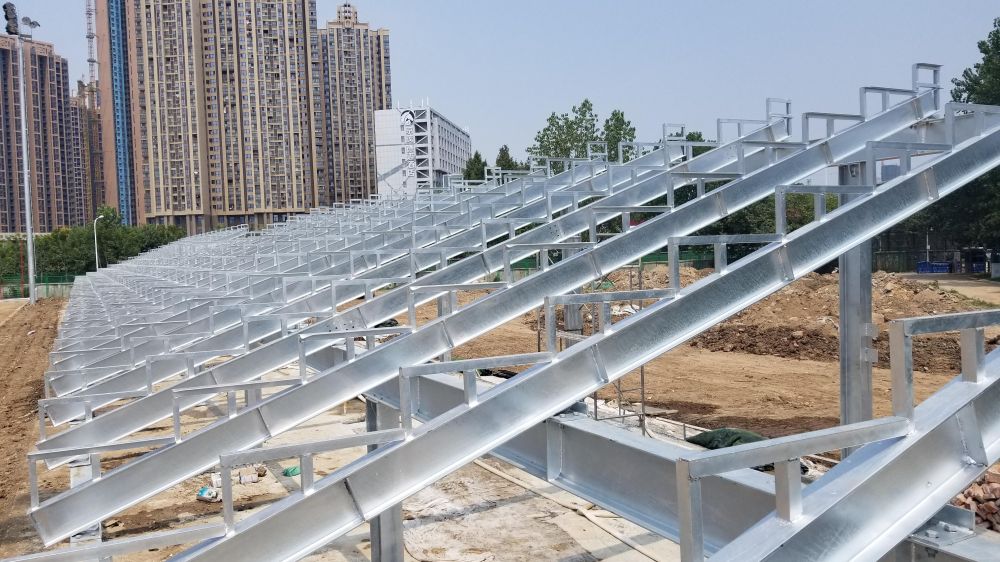
I-beam Steel
There are two types of I-beams: general I-beams and lightweight I-beams.
1.I-beam has a wide flange, large rigidity and strong bending resistance.
2. The paralleled flange making the structure more easily to connected and installed.
3. Cost-saving. With the characteristics of low cost and high precision, the I-beam greatly decrease the cost in welding and
4. Under the same cross-sectional load.
5. Lightweight and flexible in engineering design and production. The lightweight structure can be designed with many styles buildings. This design will increase the usable area by 6% as other general concrete structure.
H-beam Steel
1. Wide range of specifications (section size). The height, web, flange thickness, and flange width can be selected according to customer requirements for steel plate welding. It can be used for hot-rolled H-beams other than the standard.
2. Choose a variety of steel types. Hot-rolled H-beams are mainly Q235B and Q345B. When special steel grades are required in small batches, the production plant cannot produce them. Welding can select steel plates as required.
3. The product has high precision and good surface quality. Due to the high precision and good surface quality of steel plate products, the H precision after welding is also high and the surface quality is also good. The thickness deviation of steel plates (used for welding H-beams) is generally from a few tenths of a millimeter to a few tenths of a millimeter, while the thickness deviations of hot-rolled H-beams are from a few tenths of a millimeter to 1 mm, a difference of nearly 10 times.
4. Stable performance and good internal organization. As from smelting to continuous casting to steel rolling, steel plate production has higher process requirements, equipment capabilities, control levels, and testing methods than hot-rolled H-beams. Therefore, the internal structure, chemical composition, and various properties of welded H-beams (mechanical properties, process properties, etc. The indicators are reliable and stable.
5. Prone to welding defects. Although there are many advantages mentioned above, due to welding forming, there is welding residual thermal stress in the welding zone, and the structure of the welding zone is different, and there is structural stress, which is prone to welding defects. With the continuous improvement of welding level and heat treatment level, these disadvantages are gradually reduced. Nowadays, high-quality welded H-beam steel has been used in various fields including military industry and aerospace.

